Andy Goldsworthy’s art takes you on a journey, an excursion into another world.
His landscape art is a brilliant example of an artist working with the environment, often using natural materials found in the location where he’s based.
My first encounter with Goldsworthy’s art came when by accident when I happened upon one of his early shows, Parklife at the Yorkshire Sculpture Park in the 1980s.
His ground breaking work was a revelation. I was surprised how the art was so completely at one with the landscape which it inhabited.
Tree branches, twigs, leaves, flower petals, stones and reeds were some of the found materials which the artist had woven or collected together in a series of astonishingly beautiful works.
Goldsworthy went on to become internationally famous. He also became well known for the transient nature of many of his works which often disintegrate after a brief period of time because they’re made of natural materials.
Later I saw a remarkable Goldsworthy piece called The Wall that Went for a Walk at Storm King in New York State which looked like the art work had melded with the landscape to such an extend that it had taken on a life of its own.
Earlier this week I visited Andy Goldsworthy’s intriguing Sheepfolds project in Cumbria which he started as far back as 1996.
It took years to complete the project and it’s easy to see why. There are 48 art works covering a large geographical area stretching from Penrith in northern Cumbria to the southern Lake District.
Landscape art
Before setting out on this artistic journey, I should explain to the uninitiated what sheepfolds are and why they are common in Cumbria.
They are small gathering areas made of dry stone walls that farmers have used down the centuries to corral sheep and pen them together.
Cumbria is a picturesque area characterised by its fells, farms, lakes and hills – it’s a popular tourist destination but sheep farming has been the mainstay of its economy for centuries.
The earliest sheepfolds date back hundreds of years but modern farming practices have meant that they are now rarely used.
But their impact on the rural landscape has continued down the years – and many have remained in situ, albeit in a ruined state.
For his art project, Andy Goldsworthy worked with the derelict sheepfolds in various states of disrepair, transforming them into environmental sculptures, repairing some and adding sculptures inside others.
In some cases more work was needed where folds had disappeared altogether but were clearly indicated on old maps.
Goldsworthy’s vision was to connect with the farming tradition and history of each sheepfold whilst invigorating them with a new energy and incorporating his own sculptural touches.
The results are extraordinary.
Searching for the art works is a journey in itself, a pilgrimage that makes you more aware of your surroundings and the landscape of the English Lake District.
A sense of place
Andy’s Goldsworthy’s Sheepfolds are widely spread geographically so it’s only feasible to visit a small group of them on any one trip.
Many are located in remote or isolated places so my trip to see them in Cumbria required some detective work.
The 48 works are sprawled across an area the size of a North American national park… and finding them sometimes can be like looking for a needle in a hay stack.
But with an Ordnance Survey map in hand, it was a little easier. The remoteness of the art works added to the feeling of being an intrepid explorer or archaeologist, looking for some long-lost remnants.
So imagine the thrill when we found our first Andy Goldsworthy Sheepfold in Mungrisdale near Keswick.
We walked across fields, over an old slate bridge, by a babbling beck and then along a farmer’s boundary walls to find this particular sheepfold.
This sheepfold is hidden within a pile of large boulders in the corner of an isolated field. As a result there’s a very loose arrangement of stones and boulders which gives a real sense of abandonment and disrepair.
On first sight it’s hard to know where the traditional sheepfold ends and the art work begins.
I liked the randomness of the stones which mingle natural boulders and man-made walls – and the sense of place which you can feel wandering round this sheepfold.
It will be interesting to return here in a few months time during the winter when the snow is deep on the ground and the landscape is undergoing another seasonal transformation.
Sheepfolds – a unique journey
Next on the Sheepfolds trail was a nearby sheepfold called Redmire Farm Folds at Mungrisdale which required only a short walk from the road.
This circular sheepfold was entirely different to the first – it was much more formal and structured than the previous one with carefully-constructed dry stone walls.
It’s a good demonstration of Goldsworthy’s artistic philosophy. There’s a real sense that he wants to get under the surface of nature – and he succeeds 100% with this work.
Walking inside the sheepfold is a strange experience. There is no hidden art work inside this one – only nettles, thistles and the natural processes of nature which change from season to season.
Moving around the sheepfold at Mungrisdale and exploring it from the outside and inside is the key to understanding the work.
Geometric shapes
For our final sheepfold we headed to Coniston in the central Lakes from where we took a quiet country road to Tilberthwaite a few miles up in the hills.
We parked up at a car park overlooked by a jagged slate rock face from where you can see this sheepfold from the road but the short walk down to the site is more rewarding.
This art work shows more obvious evidence of the artist’s hand than the previous two works and again it’s at one with its landscape.
The Tilberthwaite site has strong, rectilinear lines and a geometric shape but once inside you’ll find other features which play with shapes and forms.
The interior walls feature tightly packed slates and a circular motif which break up the more traditional dry stone walling to create a powerful contrast.
As with many Andy Goldsworthy works, the slate used in the features has been brought from just a few metres away, reflecting the artist’s love of local materials.
The variety of tones of grey and sharp textures echo the traditional landscapes of the Lakeland landscape in which the work is located.
The fold is located close to the river which gives it a strong sense of place and a relationship with elements in the surrounding landscape.
The slate which has been built into the walls of the fold reflects light in different ways due to the various directions and angles of the rock.
For an overview of the site, there are also excellent aerial views of this sheepfold if you walk up the path from the car park for about 300 metres.
From a higher elevation it’s easy to see the impact that the sheepfolds had and continue to exert on their local environment.
The three sites I visited are known as ‘Individual Folds’ but there are two other types which form the bigger Andy Goldsworthy project.
Cones and arches
I’m determined to get the full list of sheepfolds. They’re a bit like collecting Scottish Munros – once you’ve done one, you have to complete the whole set!
The Cone Pin Folds are a type of sheepfold I’ve not seen yet – these intriguing structures feature cone shapes in conjunction with sheep folds.
I’ve only seen photographs of them but already I love these conical shapes especially when they’re silhouetted against a landscape at dusk.
Again, they involve a journey and have a deep connection with the places where they’re located.
The final group of sheepfolds , Drove Arch Folds, reflect Cumbria’s farming history and are located on old droving routes.
Cumbria was once an important route for herds of cattle and flocks of sheep travelling from Scotland to the industrial centres of Yorkshire and Lancashire.
My longer term goal is to follow the main drove route which can still be traced along roads via Carlisle, Penrith, Shap and Kirkby Lonsdale.
Andy Goldsworthy also undertook this journey when he was working on the Sheepfolds project.
He took a small red sandstone arch along that route, constructing, dismantling and reconstructing it again at 22 locations, 11 of which relate to derelict sheepfolds.
Sadly, the book he made of the journey called Arch is now out of print but some of the art works he made can be found along the route.
It struck me that the whole Sheepfolds project is about a series of journeys to intriguing destinations.
So why not grab a map and try the journey for yourself?
You won’t be disappointed.
Tammy’s top tips – Sheepfolds art
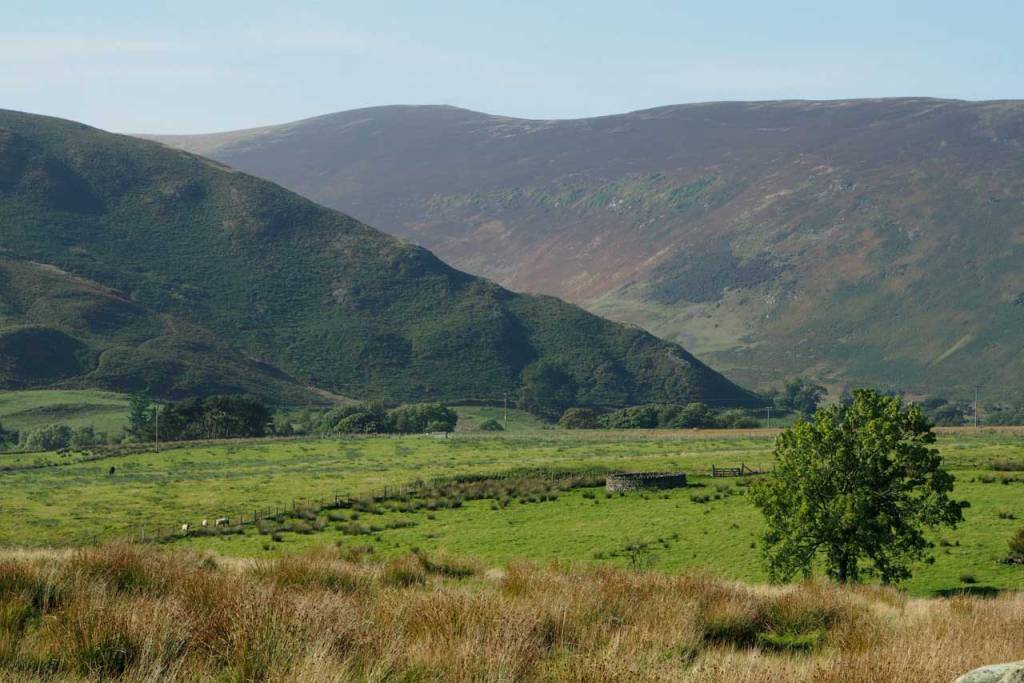
Andy Goldsworthy’s Sheepfolds
More information on the Andy Goldsworthy Sheepfolds can be found on this website. Before visiting any of the Sheepfolds, you’ll need this vital information and map.
The Sheepfolds can be seen year-round and they change in character and appearance in different weather, light and seasonal conditions.
Some of the sheepfolds are in remote locations involving treks across muddy fields so remember to take walking boots and outdoor clothing.
Admission to all the sheepfold sites is free of charge.
Find out more about Andy Goldsworthy and his work in the video below.


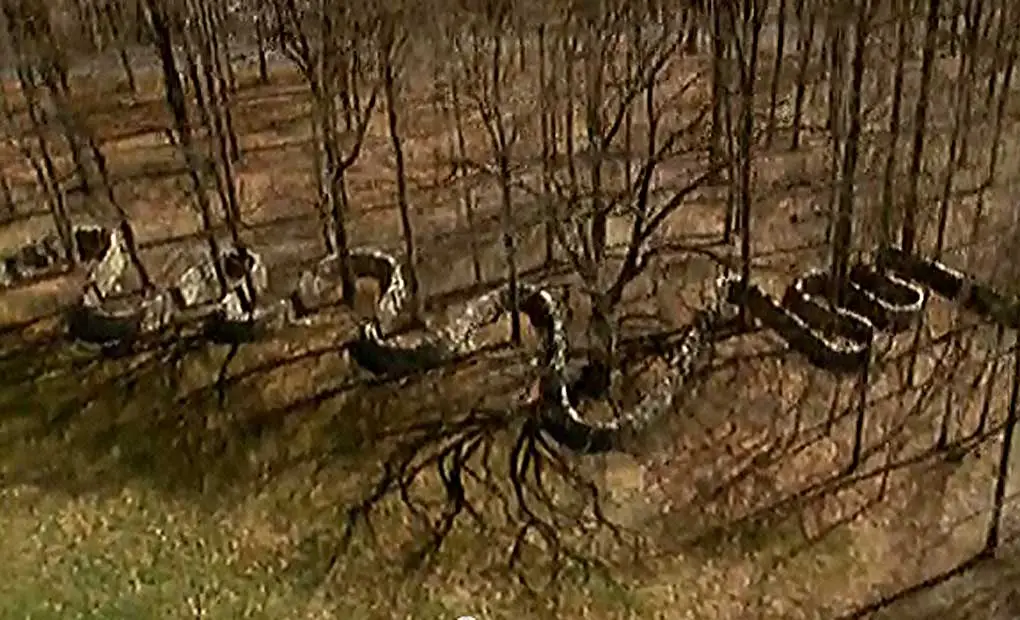
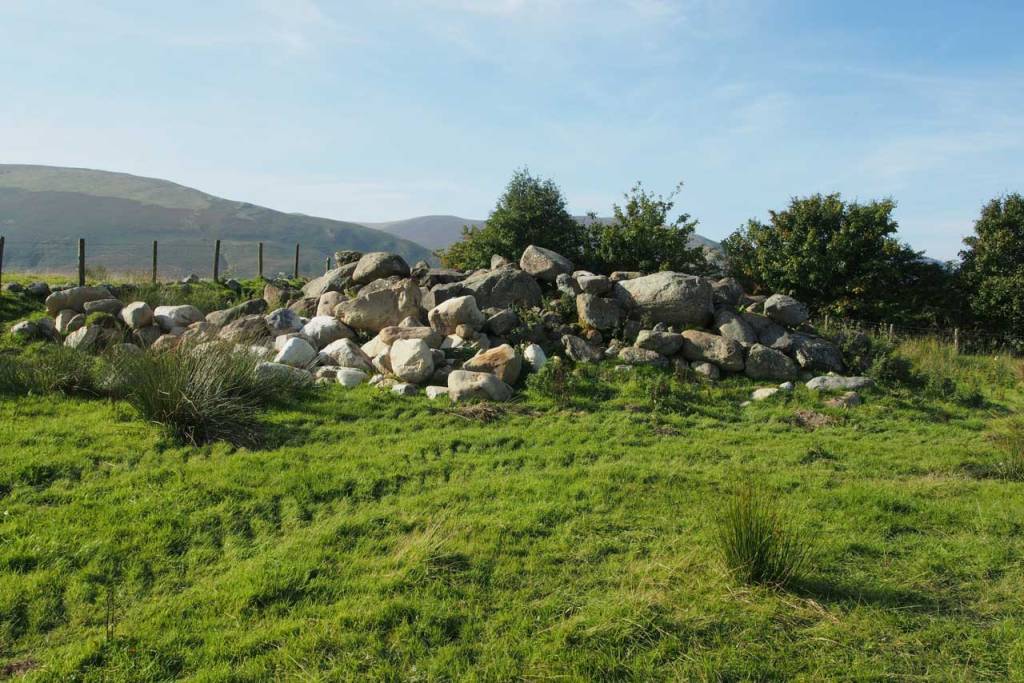
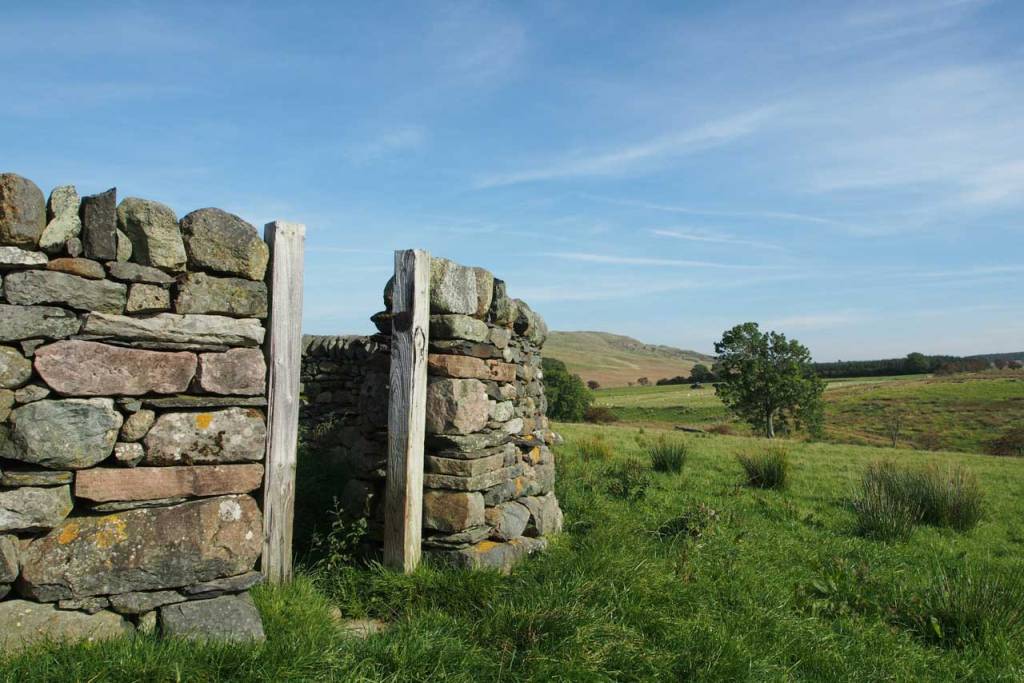




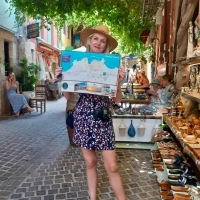
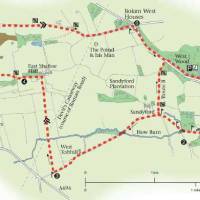
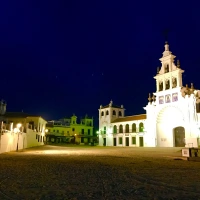

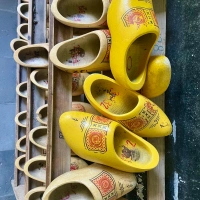
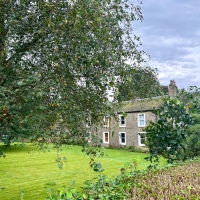

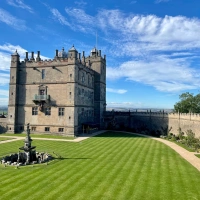



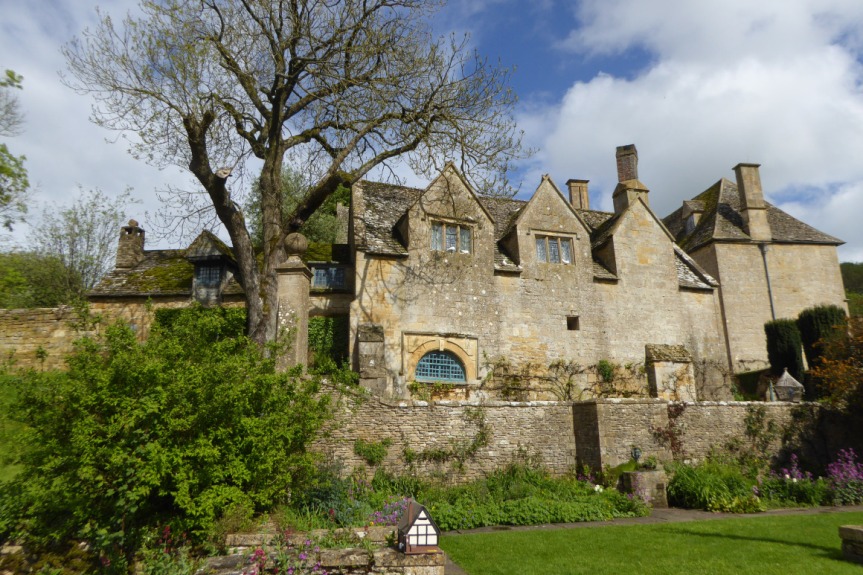



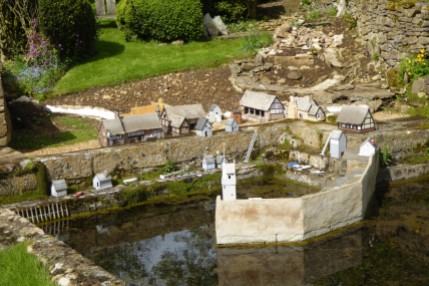



Hi Tammy..did you ever find a complete list of sheepfolds? i too want to visit them all and am frustrated by the lack of information. The list of the sheepfoldscumbria site is incomplete. If you have any fruther info can you email me on ian.h.francis@gmail.com Thanks!
a pity the arts council did not give the money to the local farmers who needed the money to maintain their hundred year old walls.